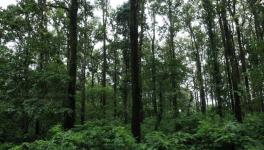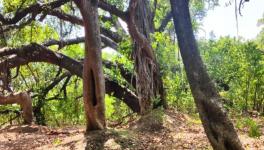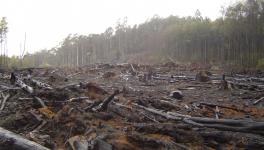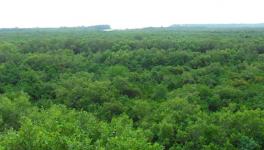How Old Are Earth’s Forests
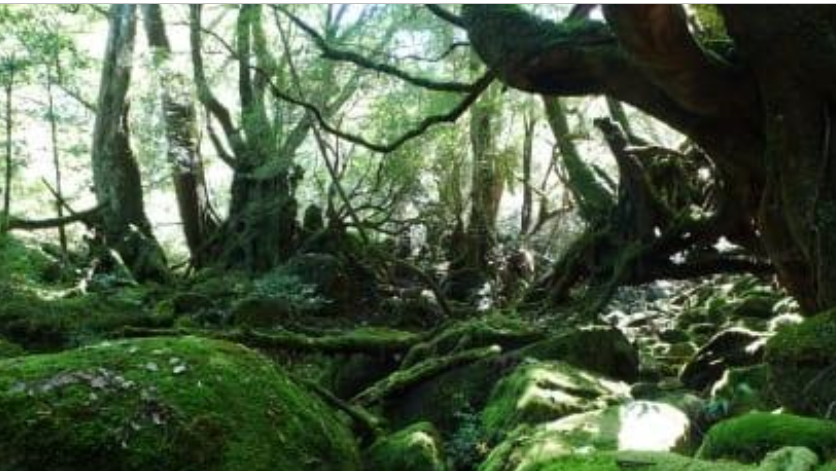
Image Courtesy: CNN
How old could be the history of forests on Earth? Scientists are now saying that it could be 385 million years old. In an abandoned quarry near Cairo, New York, scientists have discovered the oldest forest—the fossilised woody roots of dozens of ancient trees, as reported by Current Biology.
This also marks a turning point in Earth’s history. Trees evolving roots of the kind that were discovered indicates that they helped pulling carbon dioxide from the air and lock it away. This radically shifted the planet’s climate and paved the way to an atmosphere we have today.
Christopher Berry, a paleobotanist at Cardiff University in the United Kingdom, and one of the author of the study along with his colleagues first discovered the site in 2009. The team is still conducting research on the fossils it contains. Some of the fossilised roots were found to be 15 centimetres in diameter and formed 11 metre wide horizontal radial pattern spreading out from where the vertical tree trunk once stood. The trees belong to the family Archaeopteris, the type of tree that has large woody roots and woody branches. It has leaves that are related, in some way, to the modern trees. Previous records of Archaeopteris fossils were not older than 365 million years. But, exactly when the tree evolved its modern looking features remained unclear. The Cairo site discovery is suggestive of the fact that trees might have evolved these modern features some 20 million years earlier than it was earlier perceived.
According to Kevin Boyce, a geoscientist at Stanford University in California’s Palo Alto, trees like those in Cairo had an intense effect on ancient climate. In the process called ‘weathering’, big roots penetrate the rocks within and below the soil. As an outcome of the process, chemical reactions are triggered that pull carbon dioxide from the atmosphere and turn it into carbonate ions in ground water. This, eventually, runs off into the sea and is locked away as limestone.
Weathering and its other effects caused atmospheric carbon dioxide level to drop to modern levels after the woody forests appeared. A few million years before this happened, the atmospheric carbon dioxide level was 10 to 15 times higher than it is today. The removal of so much of carbon dioxide can directly be related to this sustained rise in the level of oxygen. The atmosphere contained 35% oxygen by 300 million years ago. Evolution of gigantic insects, with some having wings upto 70 centimetres at that period of time might be an outcome of this process. These gigantic insects may have lived in the ancient forests.
Similarly, the trees that grew after tens of millions of years after the Cairo trees also impacted modern climate. Interestingly, the fossil remains of these forests also helped driving the Industrial Revolution in Europe and North America.
Before the Cairo forests were discovered, such ancient forests have been reported to be discovered in Gilboa, 40 kilometres away from the Cairo site. These forests were also 382 million years old. But the Gilboa roots were more primitive and were related to ferns and horsetails. These plants did not have woody roots that could cause weathering.
Berry said, “Woody trees with leaves that can produce shade—and a big rooting system—is something fundamentally modern that wasn’t there before.”
Get the latest reports & analysis with people's perspective on Protests, movements & deep analytical videos, discussions of the current affairs in your Telegram app. Subscribe to NewsClick's Telegram channel & get Real-Time updates on stories, as they get published on our website.









